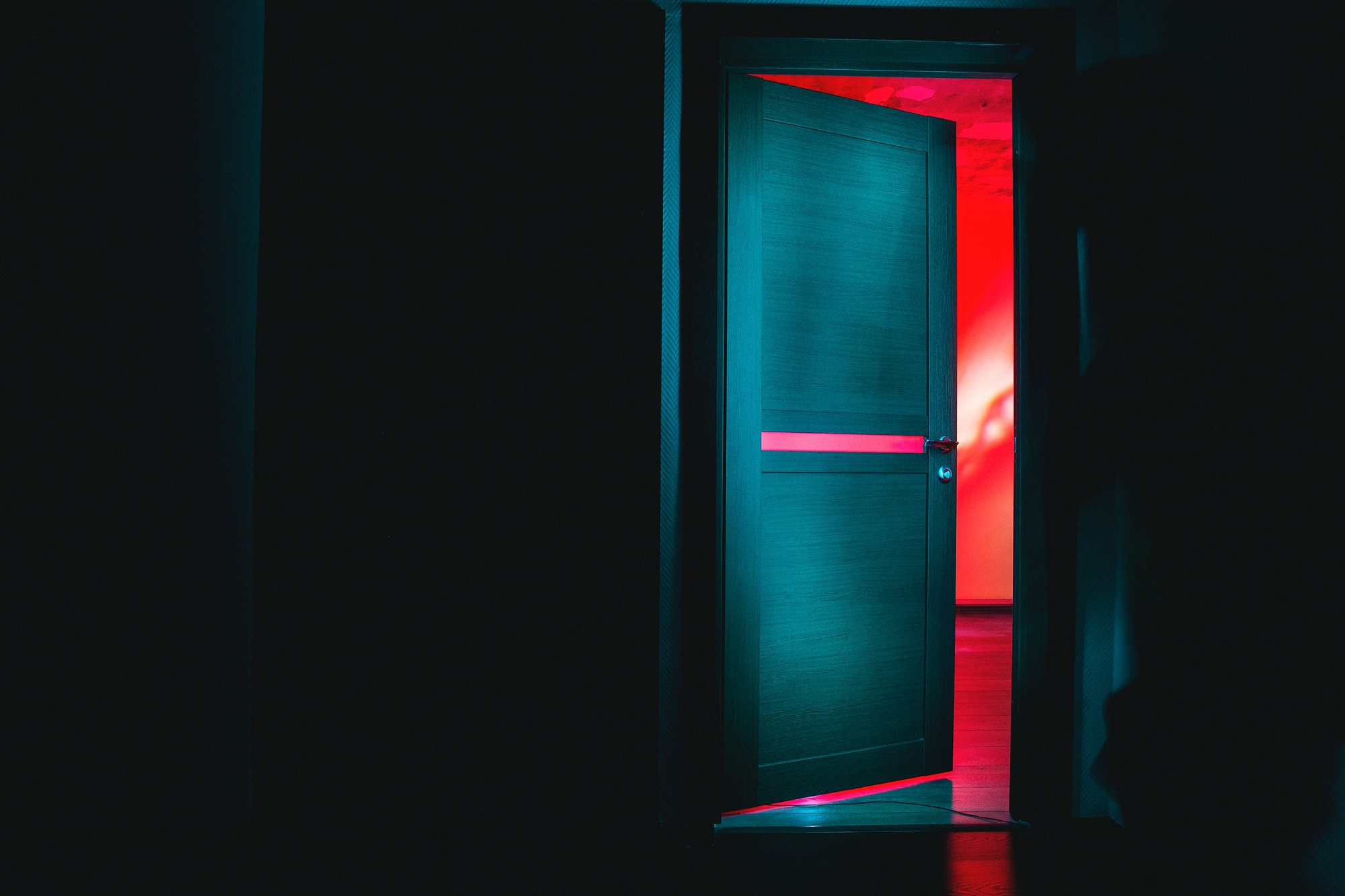Hundreds of teenagers are becoming radicalised. An online course is now been available for lecturers in higher education to enable them to spot radicalisation among students.
How do you recognise radicalisation among students? And what do you do next? (Photo: Dima Pechurin / Unsplash)
According to a report this week of the National Coordinator for Security and Counterterrorism (NCTV), the threat comes (Dutch only) from youngsters aged between 12 and 20. A terrorist attack by radicalised youngsters with jihadist or extreme right-wing views is, in the NCTV’s view, not inconceivable.
But how do you recognise radicalisation among students? And what do you do next? Those are questions to which, from this week, lecturers are getting answers in the free online course Armour. The project is funded by the European Union and has been set up in the Netherlands by the University of Groningen (RUG). In the view of RUG researcher Carola Onderdelinden many lecturers are eager to get help.
What makes it so hard to recognise radicalisation?
“For instance, lecturers see the appearance of their students changing: suddenly there’s a skinhead in their class or a student has grown a long beard. In such cases it’s hard to gauge whether that’s something you need to worry about. Additionally, a lecturer doesn’t always know how to react when someone expresses extreme views. This online course is designed to give lecturers a better understanding.”
‘Not everyone recognises right-wing extremism as radicalisation’
Is radicalisation common in higher education?
“That’s hard to assess. What we do know is that adolescents are more likely to be radicalised and that this could be based on any ideology. I spoke to someone recently who said: ‘We have so little radicalisation in the north because there are so few Muslims here.’ I find that interesting, because I know that there’s a great deal of right-wing extremism. But not everyone recognises it as radicalisation. So it’s important for lecturers to be aware that radicalisation can take place in many different ideologies; they can then enter into a dialogue about it.”
Do lecturers have time for that?
“I don’t believe that lecturers have to solve all the problems in society and I wouldn’t want to make a course compulsory. However, since they come into contact with youngsters a lot they have the opportunity to make observations and do something with them. When I was teaching, I too was busy. But I also think that lecturers are inquisitive people who want to know what’s going on around them.”
‘I don’t believe that lecturers have to solve all the problems in society’
How do you recognise radicalisation among students?
“There are a lot of warning signs, but it’s an individual process in which many factors play a role. One person fits the characteristics and becomes radicalised, the other does not. It is often said of ‘school shooters’, for example, that they were bullied, but not everyone that has been bullied picks up a firearm. That’s why it’s also very important to discuss matters with fellow lecturers. Are they seeing the same things? But you also need to look outside the educational institution. What do the police know, or youth workers? The sum total is what really matters.”
Is it possible to prevent radicalisation with a course?
“That’s something I can be very frank about: I think it has a positive influence and that it is going to help, and at the same time we know that not everything is preventable. But if you can stop just one youngster from adopting such extreme views that he wants to use violence, the project will have been a success.”
HOP, Josefine van Enk
Translation: Taalcentrum-VU
Do you have a question or comment about this article?
redactie@hogeronderwijspersbureau.nl


Comments are closed.